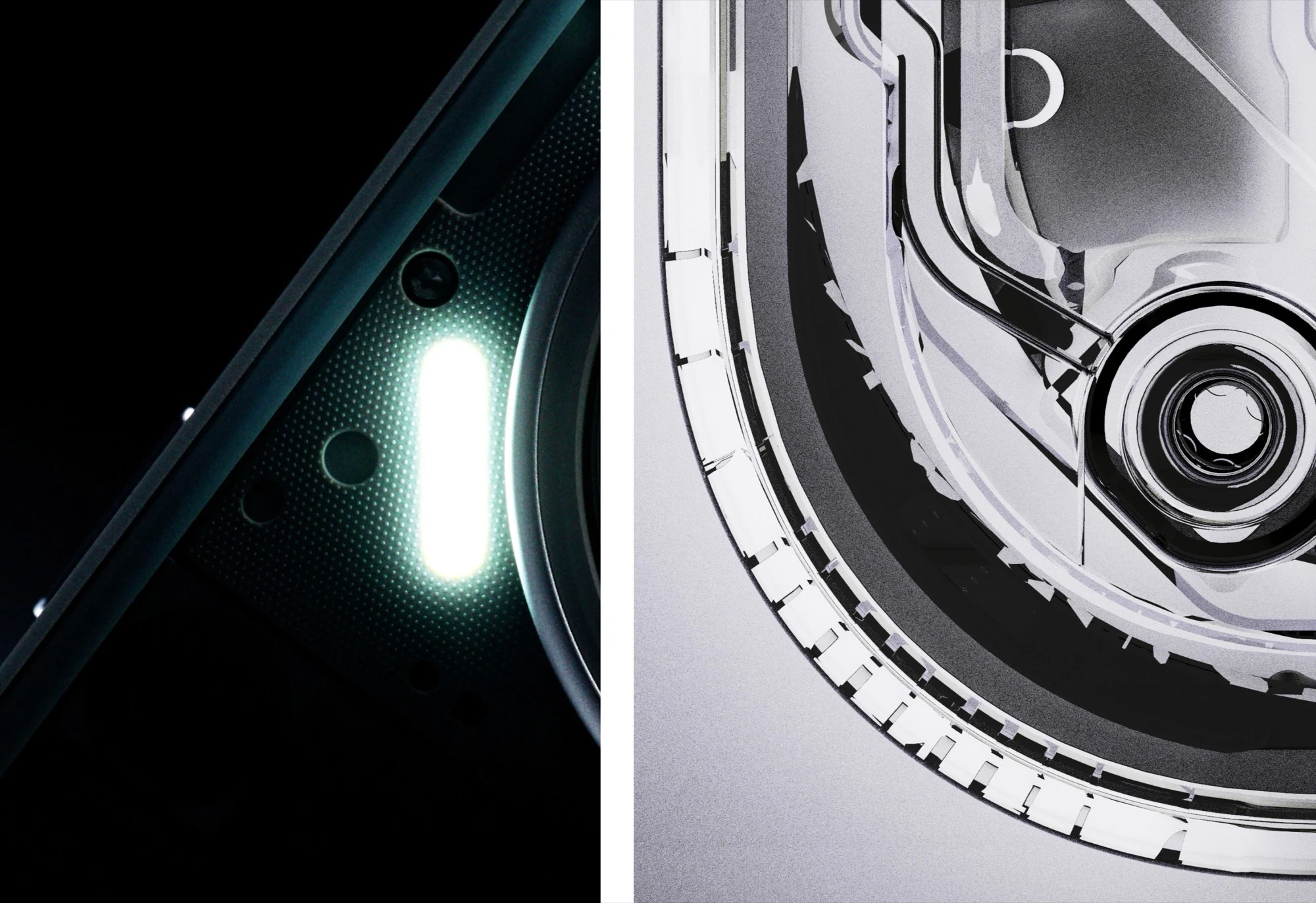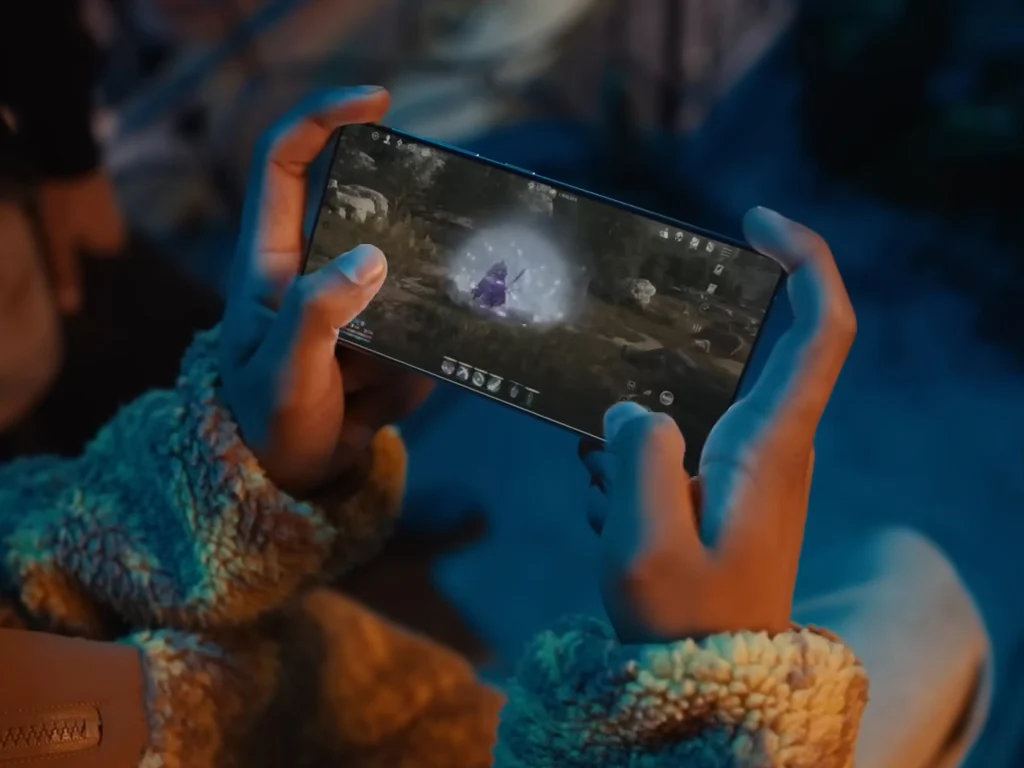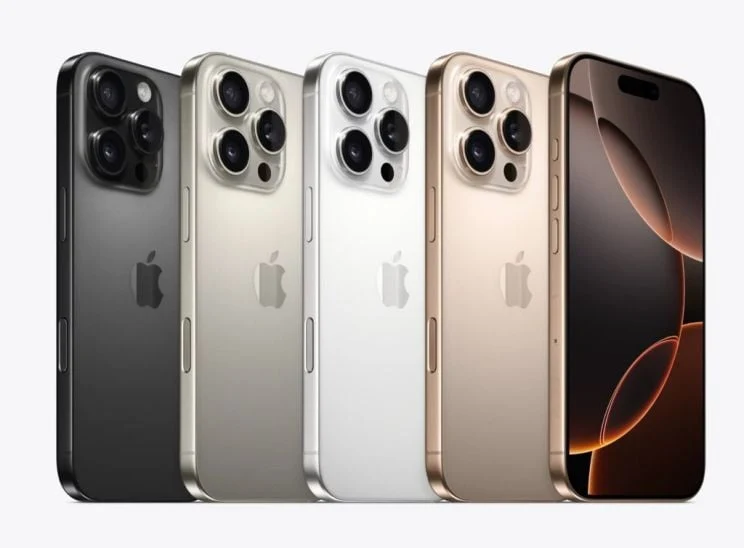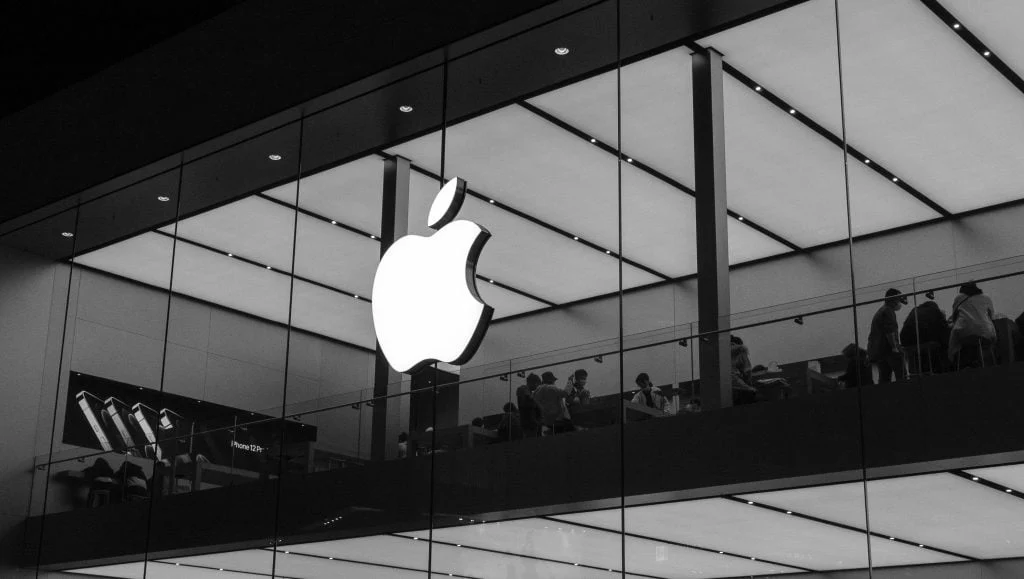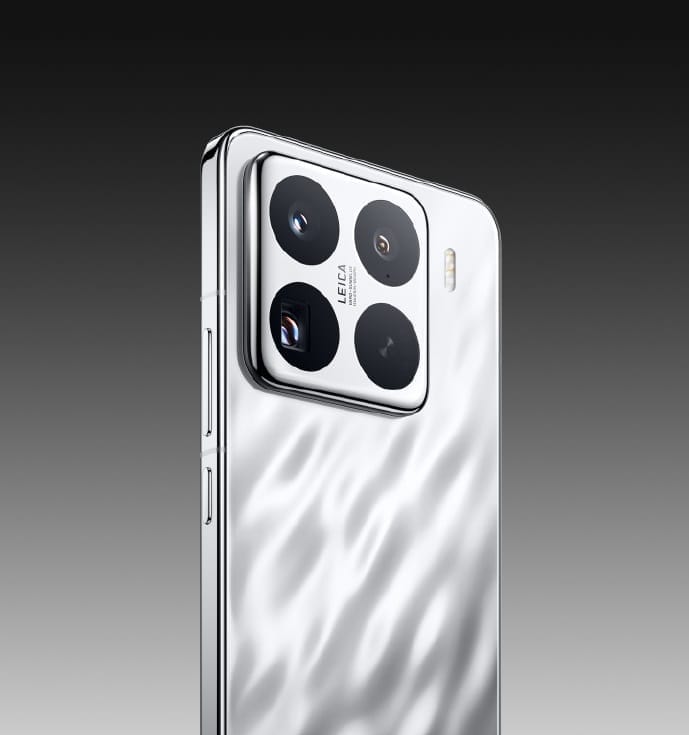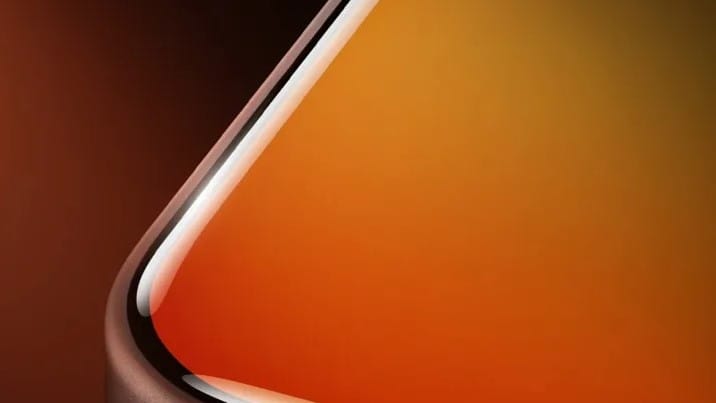Key Takeaways
1. Launch Date: Nothing Phone (3a) and (3a) Pro are set to launch worldwide on March 4.
2. Pricing: The phones are priced competitively, fitting for a series smartphone from Nothing.
3. Specifications: Both models feature a Snapdragon 7s Gen 3 SoC, a 6.7-inch 120 Hz display, and a 5,000 mAh battery.
4. Camera Features: The Pro version includes a 50 MP periscope telephoto lens, a 50 MP wide-angle lens, and an 8 MP ultra-wide angle lens.
5. Market Positioning: Nothing compares the Phone (3a) Pro to Apple’s iPhone 16 Pro Max in videography, creating excitement among potential buyers.
Nothing has been making a lot of noise about its new smartphones: the Nothing Phone (3a) and the Nothing Phone (3a) Pro. The startup even went as far as to compare the latter to Apple’s iPhone 16 Pro Max in an area where Apple has always been the leader: videography. Recently, a popular leaker (via Dealabs) disclosed the launch prices for these devices.
Pricing Insights
Since there isn’t a Nothing Phone 3 set to release this generation, these prices seem quite fitting for a series smartphone from Nothing. The prices in the US should also be in a similar range. Both the Nothing Phone (3a) and the Nothing Phone (3a) Pro are set to launch worldwide on March 4. When it comes to specifications, both phones are pretty much the same, featuring a Snapdragon 7s Gen 3 SoC, a large 6.7-inch 120 Hz display, and a 5,000 mAh battery. The Pro version is equipped with a 50 MP periscope telephoto lens, alongside a 50 MP wide-angle lens and an 8 MP ultra-wide angle lens.
Specs Comparison
Dealabs’ leaks have generated quite a buzz among potential buyers, eagerly awaiting the release. So, if you’re in the market for a new smartphone, keep an eye on these models as they promise to deliver impressive features at competitive prices. The excitement around Nothing’s offering is palpable, especially with its comparisons to Apple’s flagship devices. It remains to be seen how they will perform in real-world videography and whether they can truly challenge the established giants.
Source:
Link

